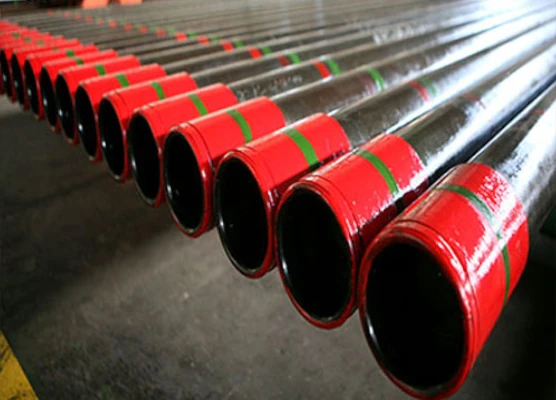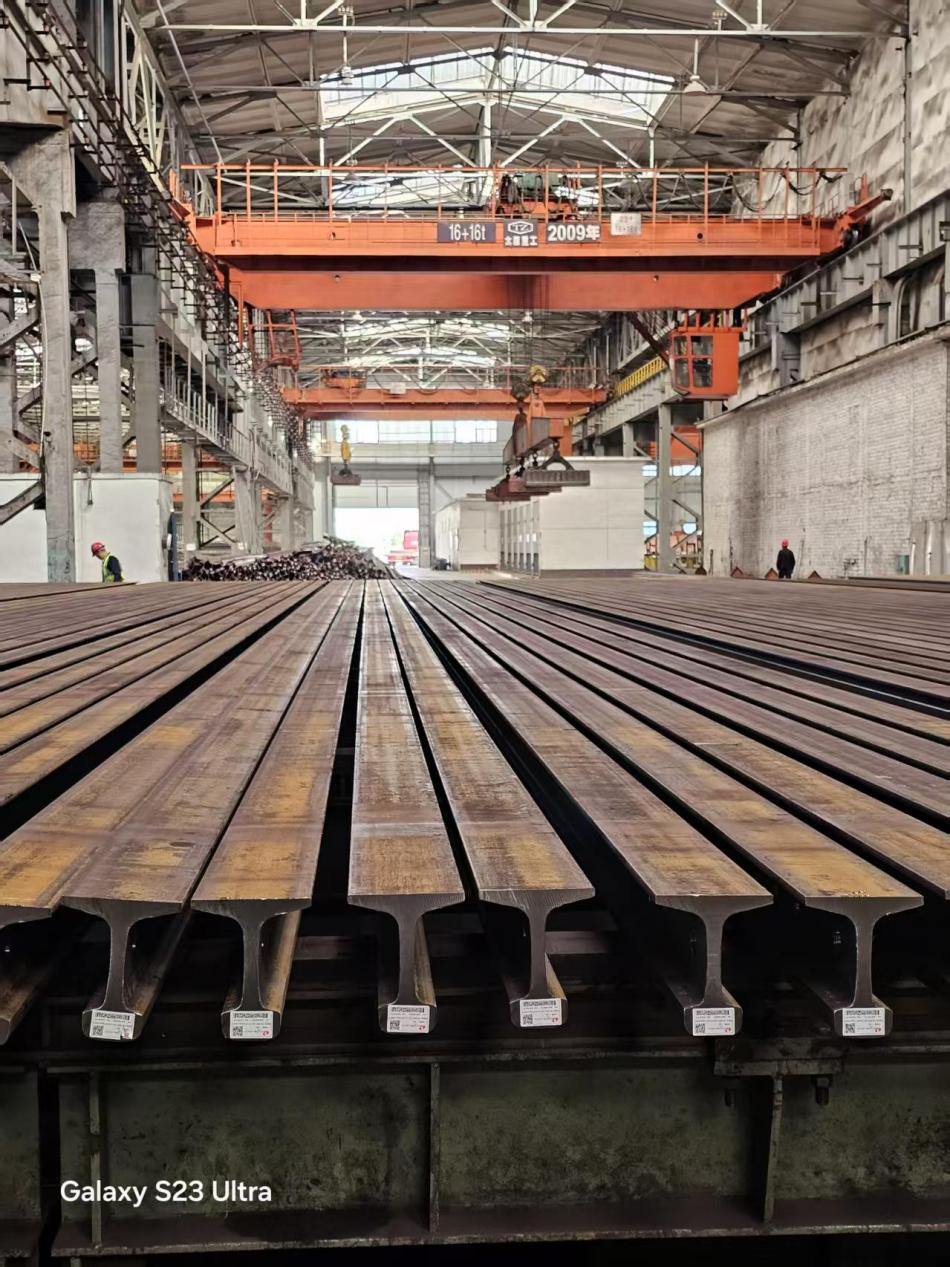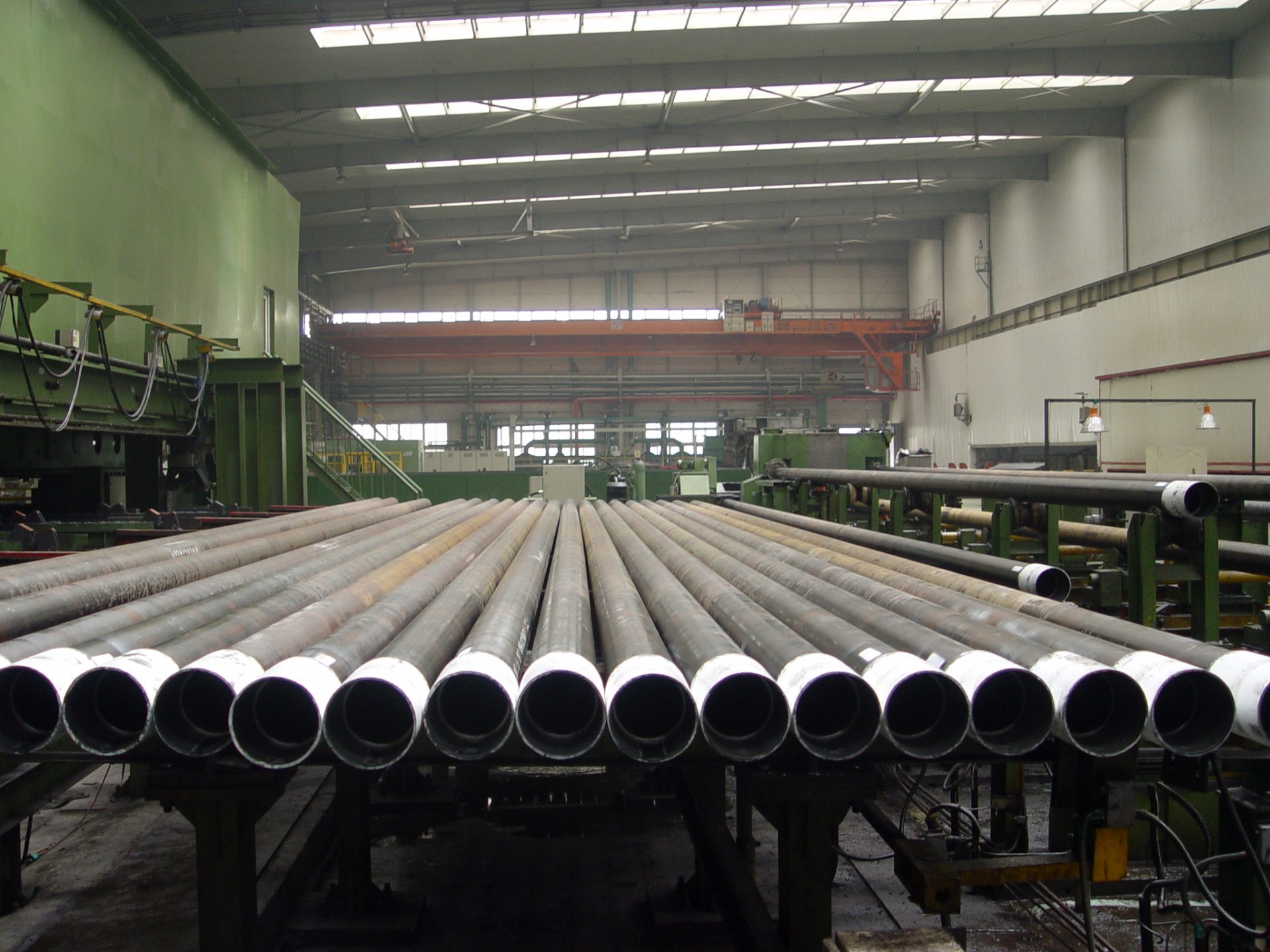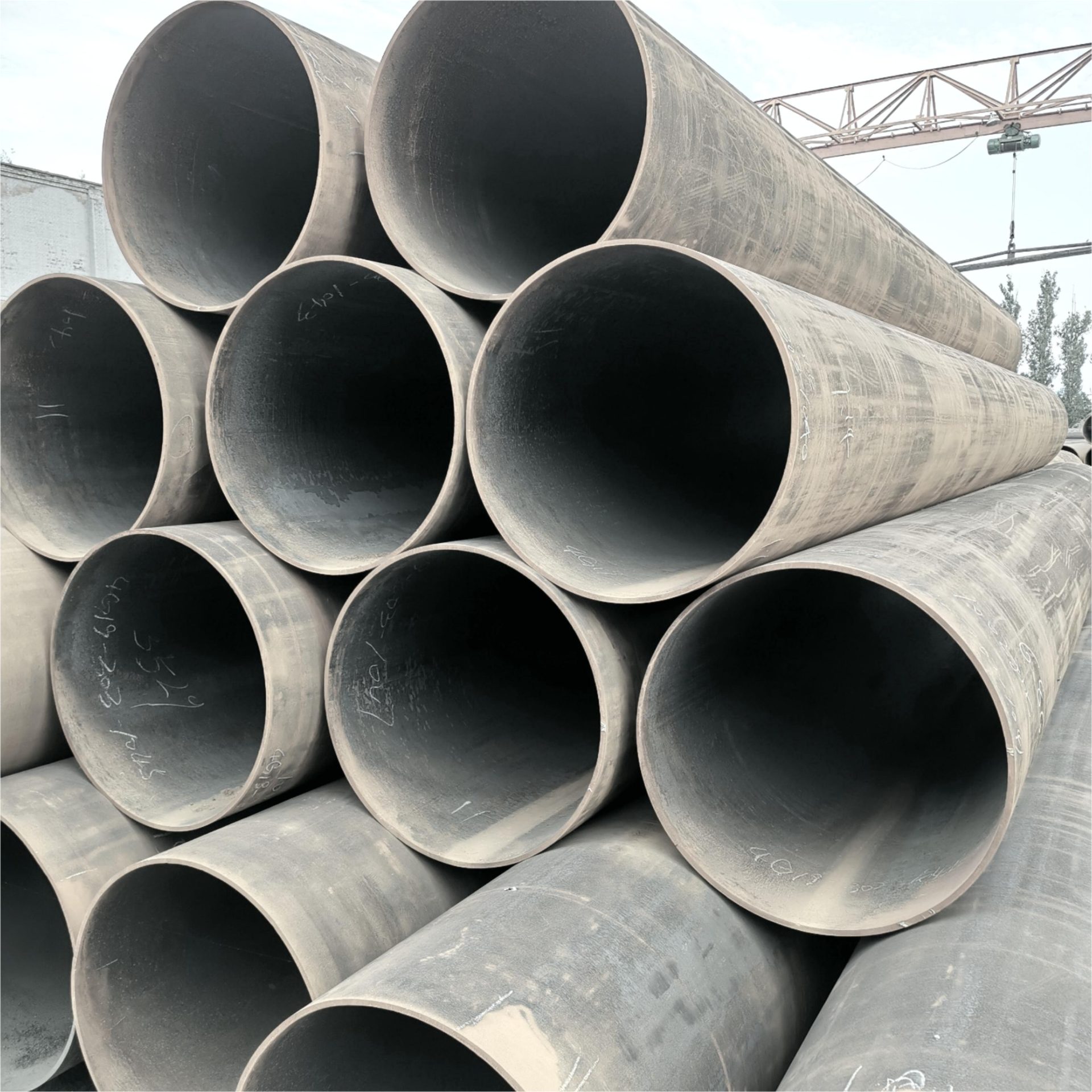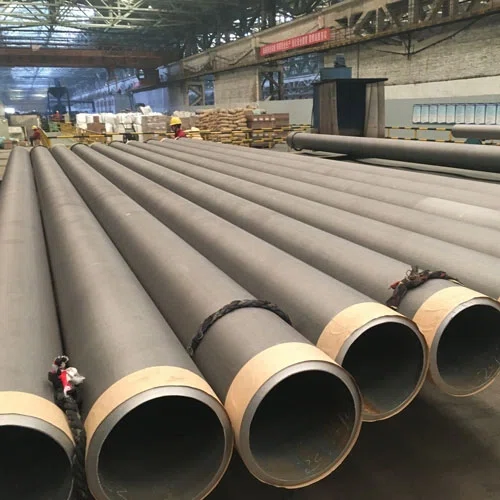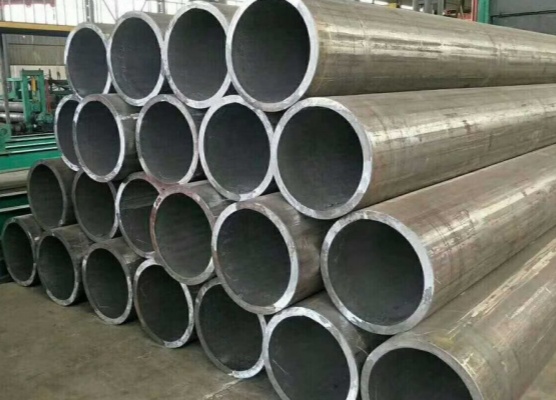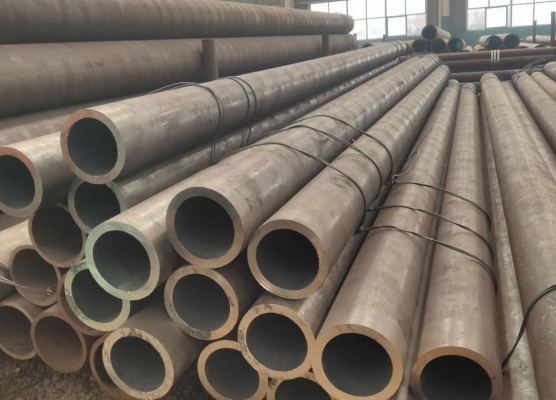The size of a rail primarily refers to its weight per unit length. This is a direct indicator of its stiffness, strength, and load-carrying capacity. Heavier rails can support heavier axle loads and higher traffic volumes.
1. North American Standard (AREMA)
In the United States and Canada, the governing standard is set by the American Railway Engineering and Maintenance-of-Way Association (AREMA). The naming convention is straightforward: the number indicates the weight in pounds per yard, and the letters often denote the rail’s profile history.
Common AREMA Rail Sizes
| Rail Designation | Weight (lb/yd) | Weight (kg/m) | Typical Application |
| 100RE / 100 lb | 100 lb/yd | 49.6 kg/m | Light branch lines, industrial sidings |
| 115RE / 115 lb | 115 lb/yd | 57.0 kg/m | Light mainline, heavy industrial |
| 119RE / 119 lb | 119 lb/yd | 59.0 kg/m | — |
| 132RE / 132 lb | 132 lb/yd | 65.5 kg/m | Heavy-duty mainline (Common) |
| 133RE / 133 lb | 133 lb/yd | 66.0 kg/m | — |
| 136RE / 136 lb | 136 lb/yd | 67.5 kg/m | Heavy-duty mainline (Common) |
| 140RE / 140 lb | 140 lb/yd | 69.4 kg/m | High-tonnage corridors |
| 155RE / 155 lb | 155 lb/yd | 76.9 kg/m | Extremely heavy-haul (e.g., mines, BNSF) |
Key Points for AREMA Rails:
– The most common rails on Class I railroad mainlines in North America today are 132RE and 136RE.
– Rails like 140RE and 155RE are used in the most demanding heavy-haul corridors, such as those carrying iron ore or coal.
– The profile (the shape of the head, web, and foot) is standardized for each designation to ensure compatibility with wheels and track components.
2. International / European Standard (UIC)
In Europe and most other parts of the world (including Africa, Asia, and South America), the standard is set by the International Union of Railways (UIC). The naming is metric, based on kilograms per metre.
Common UIC Rail Sizes:
| Rail Designation | Weight (kg/m) | Weight (lb/yd) | Typical Application |
| UIC 50 | 50 kg/m | ~101 lb/yd | Secondary lines, older networks |
| UIC 54 | 54 kg/m | ~109 lb/yd | Main lines, high-speed lines (upgraded) |
| UIC 60 | 60 kg/m | ~121 lb/yd | Standard for modern mainlines & high-speed rail |
| UIC 60E1 | 60 kg/m | ~121 lb/yd | (E1 is a specific, very common profile) |
Key Points for UIC Rails:
UIC 60 is the undisputed standard for new high-speed railway constructions and modern heavy-axle-load mainlines across the globe, including China’s high-speed network.
The profile of UIC 60 rails is designed for optimal performance at very high speeds.
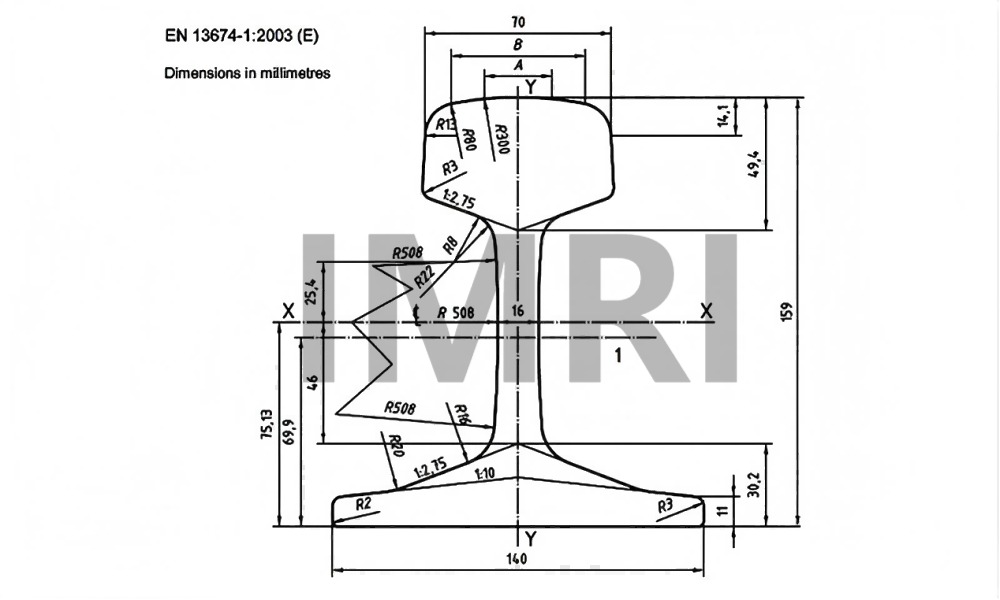
3. Other National Standards
While AREMA and UIC are the two dominant systems, some countries have their own historical standards.
British Standard (BS):
Uses units of pounds per yard. Historically common sizes were BS 80 (80 lb/yd), BS 95 (95 lb/yd), and BS 113A (113 lb/yd). These are now largely superseded by UIC standards.
Chinese Standard (TB/T):
China uses the metric system (kg/m). The most important sizes are:
– 50 kg/m: Used on older lines.
– 60 kg/m: The standard for mainlines and high-speed rail.
– 75 kg/m: An ultra-heavy rail used in specialized applications, like extremely heavy-haul corridors in mines. This is one of the heaviest rails in common use worldwide.
Japanese Standard (JIS):
Japan uses the metric system. The standard for its high-speed Shinkansen lines is JIS 60 kg/m (specifically the 60N profile).
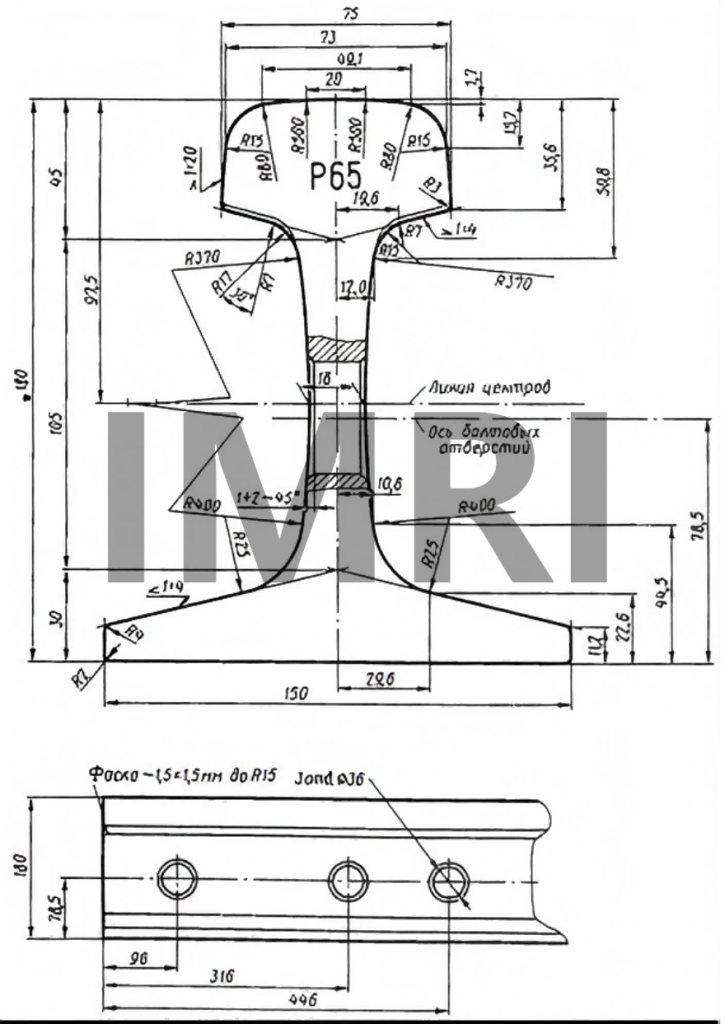
How to Choose a Rail Size? The Engineering Decision.
The selection of a rail size is a critical economic and engineering decision based on:
– Axle Load: The heavier the expected axle loads (e.g., freight trains vs. passenger trains), the heavier the rail required.
– Traffic Density (MGT): The annual million gross tons (MGT) of traffic that will pass over the track. Higher traffic volumes require heavier rails to resist wear and fatigue.
– Speed: High-speed passenger lines require a very precise and stable track structure, which is provided by heavier rails like UIC 60.
– Cost: Heavier rails are more expensive initially but often have a longer service life and lower maintenance costs, leading to a better lifetime cost.





